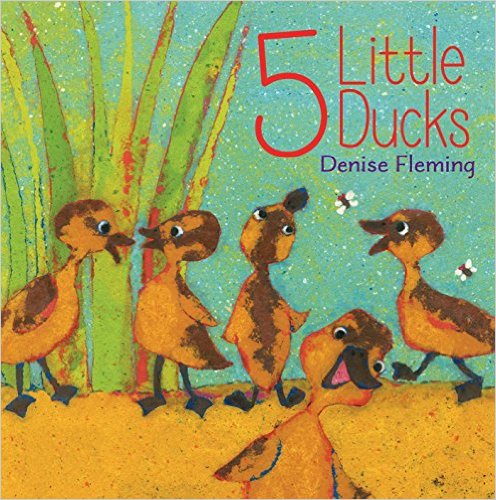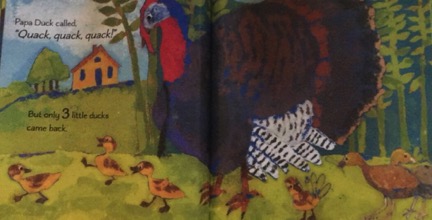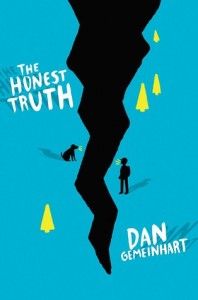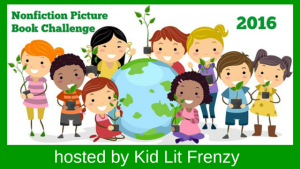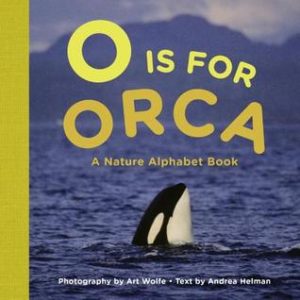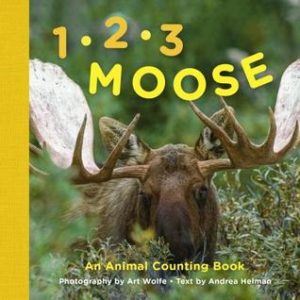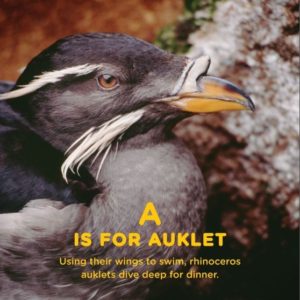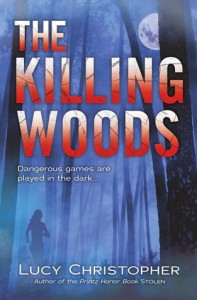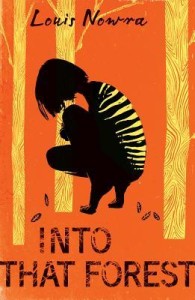5 Little Ducks
Author: Denise Fleming
Published November 8, 2016 by Beach Lane Books

A Guest Review by Kathryn O’Connor
Summary: Papa Duck and his ducklings go on adventures through the woods and over the hills everyday. Each time Papa Duck yells out “Quack quack quack” to gather his ducklings, but not all of them come back. In fact, with each adventure, one fewer duck returns. Finally on Saturday, Papa Duck went out alone and yelled “Quack, quack, quack”. It was then that all of his ducks came back! When the family woke up together on Sunday, Mama Duck decided it would be best for the family to stay in and rest.
Review: Denise Fleming takes a modern spin on a classic nursery rhyme. It is fun to find out what new adventure the ducklings are taking on throughout the week. Because the ducks meet new people and explore new places each day, the reader is kept engaged. The repetition of the story makes it easy for young readers to follow along with and make predictions. In combination with this, the large text format and bolded numbers allow for easy comprehension.
The lively illustrations bring life to the text, and I love how perspective is used in all of them. Some of the pictures you’ll find to be zoomed out, while some are zoomed in. My favorite part of this picture book is at the end where Fleming has two non-fiction pages based on the animals of the story. This encourages the readers thinking and allows them to explore further.
Although this book is a helpful, entertaining tool for teaching days of the week and numbers 1-5, my only concern is that readers might become worried or anxious thinking about the well-being of the ducks. At some points while reading, I was concentrated on where the ducks were, if they were still alive, and when they were going to return to their family, rather than enjoying the text.
Teachers’ Tools for Navigation: This story can be used at first as a whole class read aloud, and perhaps even in a singing voice. Students will quickly pick up on the pattern of the story due to the repetition. By keeping the book in a classroom library, readers will then be willing to pick up the text and read independently or to a friend for they have already familiarized themselves with it. For beginning readers, this will spark motivation and love of reading. This story is also a helpful aid in teaching and counting numbers 1-5, days of the week, and sequencing text.
Discussion Questions: How many ducks do you think will come back?; What day comes next?; Why does Papa Duck yell “quack, quack, quack” everyday?; Where do you think the ducks are going?; Why do you think the ducks want to explore?; Why is Papa Duck feeling sad?; How do you think Papa Duck felt when his ducks returned?; Why does Mama Duck want all of the ducks to rest on Sunday?
Flagged Page:
Read This If You Loved: 10 Little Rubber Ducks by Eric Carle, Make Way for Ducklings by Robert McCloskey, or The Very Hungry Caterpillar by Eric Carle
Thank you, Kathryn!
